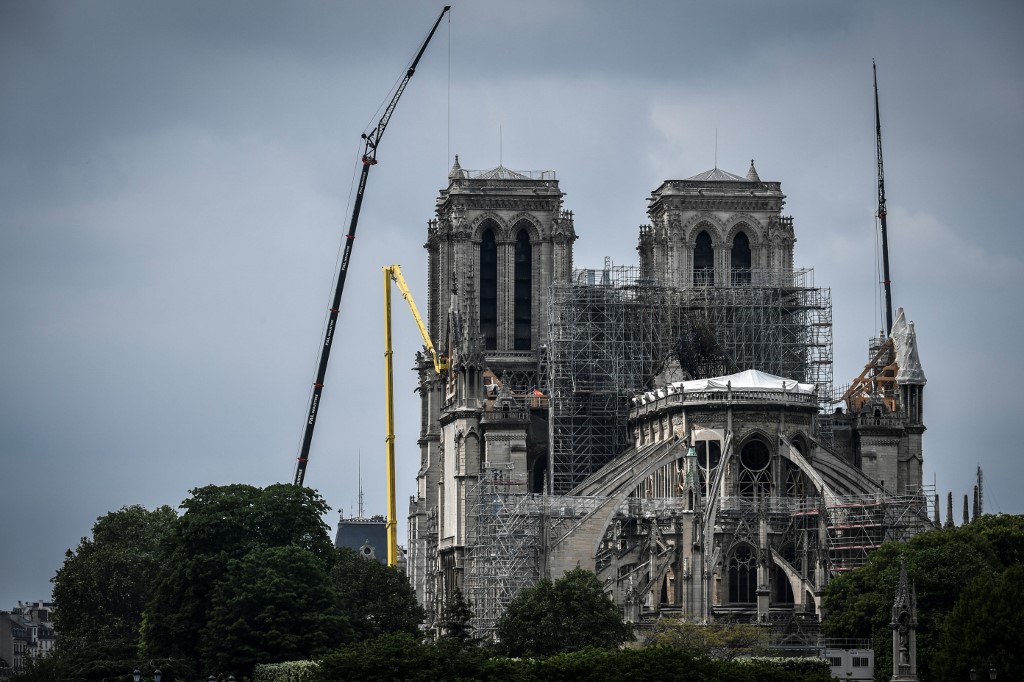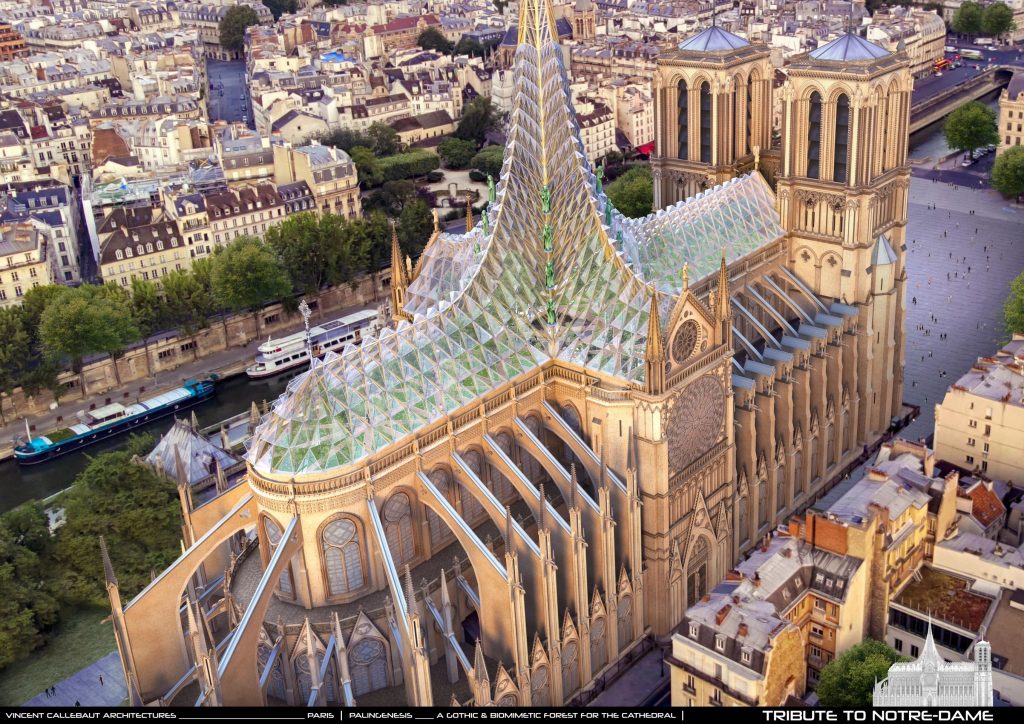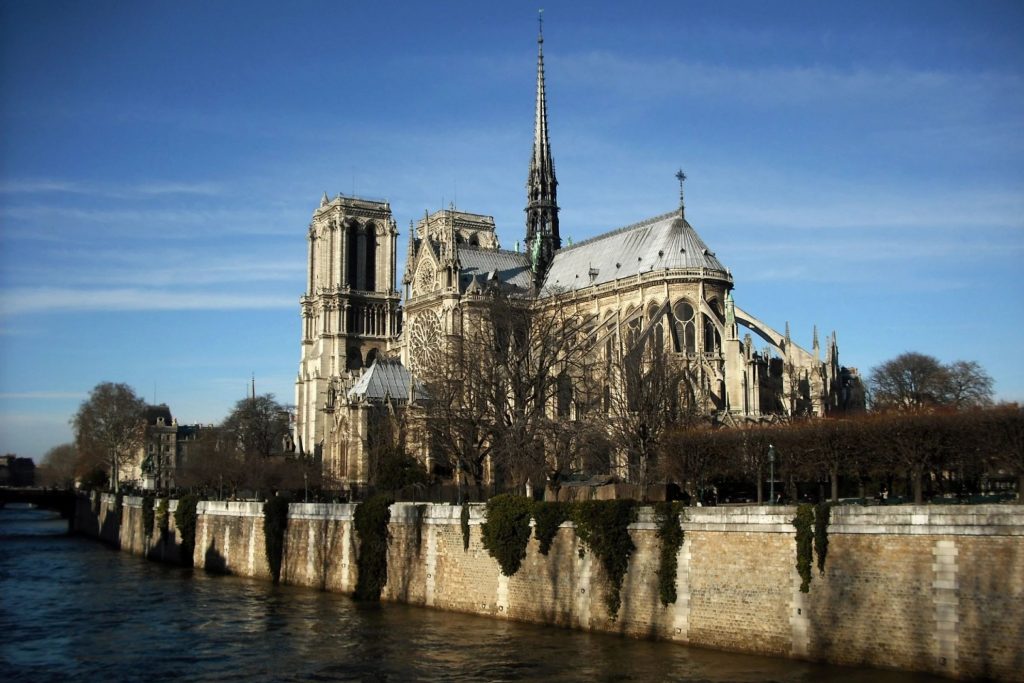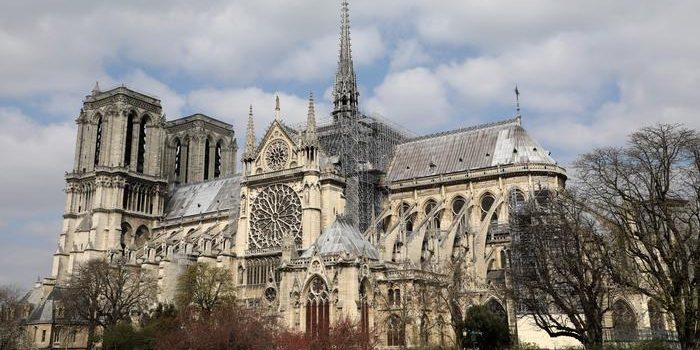We all remember the ravaging fire that managed to burn a big part of Notre Dame de Paris Cathedral back in April 2019. The French government has finally made its decision about the kind of shape that the restoration will take. The cathedral is set to be restored exactly the way it was before – or as close as possible to its original design while aiming for quite a challenging timeline.

Following the months of Notre Dame’s destruction – the roof and spire of the cathedral – French President Emmanuel Macron came up with the idea of the possibility of incorporating contemporary design during the restoration f the cathedral. The government even announced a competition where various designs were to be submitted for this process. Different architecture firms submitted proposals. The proposals offered a variety of designs and elements, including a glowing glass roof and even one particular design that featured a sustainable rooftop garden.

This sounds great in theory, but the suggestion and the ensuing initiative was met with great resistance. The pushback also came from the French Senate, which demanded that Notre Dame should be restored back to its original state. Eventually, Macron had to give in and agreed to the demand. It has now been decided that the cathedra will be restored to its previous design, and original materials will be used for that instead of relying on modern materials that might have proven to be safer and more fireproof alternatives.

That’s not where the story ends, though. French President Macron is hopeful that Notre Dame de Paris will be open to visitors by 2024. Paris is supposed to be hosting the Summer Olympic Games in 2024, and any remaining work would then be carried out after the Summer Olympic Games are over. The timeline is quite ambitious, and already it has received criticism in the form of a petition that was signed by more than 1,000 heritage experts and architects.


